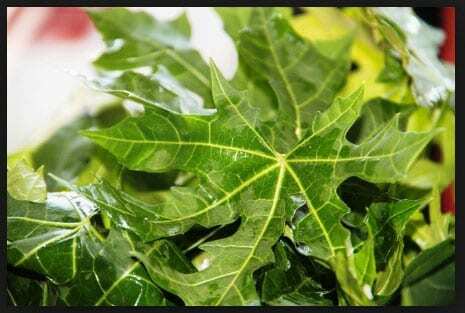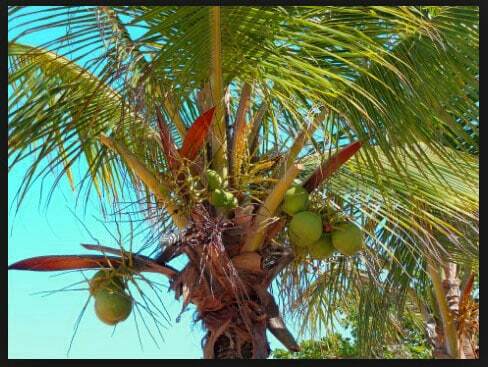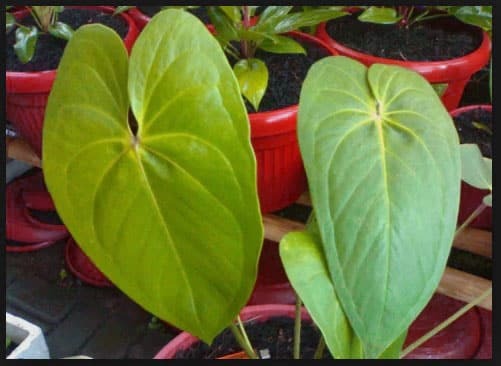Functions of Leaves in Plants
Functions of Leaves in Plants – Why do most types of plants have a leaf? What is the function of the leaf itself on most types of plants?. Some of us may still not know the function of the leaf.

Therefore, on this occasion, we will study together about the function of leaves in plants, along with the component structures possessed by leaves.
Table of contents :
Definition of Leaves
In general, the leaves have a green color and width, with shapes such as heart, long, round, and Taper, as well as various forms of leaf bones, namely in the form of pinnate leaves, leaf bones Curved. Leaf bones are fingered, and leaf bones are parallel, depending on the type of classification of the plant itself, namely dicotyledonous or monocot plants.
Differences in Leaf Structure
On the difference in the anatomical structure between leaves in plants Dicot and plants Monocot, we can see clearly, in the form of a table that has been provided below:
| Difference Between Dicot & Monocot Leaves | |
| Dicot Leaves | Monocot leaves |
| Only One Epidermal Network | Dua's Epidermal Tissue |
| Stomata are found on the top and bottom of the leaf | Stomata are located parallel to the leaf veins |
| Mesophyll is located in the upper and lower layers of the Epidermis | Mesophyll is located in the curvature of the leaf veins |
| Cuticle tissue covers the upper and lower surface of the leaf | No Cuticle Tissue |
| Have Hair and Glands | Has no hair and glands |
| Leaf veins are located on the leaf blade | Leaf veins are located on the leaf blade |
In the explanation of the table above, leaves have structures that are important for their development, the following is a detailed explanation:
1. Epidermis and Culticular Tissue
Epidermal tissue serves to coat and protect all parts of the surface on the leaves, reducing water expenditure that occurs, regulates the exchange between Gases, excretes Metabolic and absorbs Water and Minerals for development in Leaf.
2. Stomata
These stomata function as respiratory organs for the leaves. This organ will take carbon dioxide (Co²) to be used as a Photosynthetic Process, then produce O² from Photosynthesis Process.
3. Mesophyll Network
Mesophyll tissue is divided into 2 parts, namely Palisade Network and Spongy Network.
A. Palisade Network: A tissue found on the surface of the leaf, has many chloroplasts that function to process food.
B. Sponge Network: A hollow tissue contained in the surface of the leaf, serves as a place to store food reserves.
4. Transport File Vessel
This Transport File is divided into 2 parts, namely Xylem and Phloem.
A. Xylem Transport Files: A component found in the leaf tissue, serves to transport water and minerals to all parts of the leaf.
B. Phloem Transport Files: A component found in the leaf tissue, serves to spread the results of the photosynthesis process to all parts of the leaf.
5. Leaf Veins
These leaf veins serve as a place for the formation of the Carrier Files on the surface of the leaves.
Leaf Shape Type
In each classification of plants have various forms of leaves, as follows:
1. Fingering Leaf (Palminervis)

Leaf shape in this type, has a leaf shape that looks like the fingers of a human hand, with one large leaf bone. We can see this type of leaf shape in cassava, papaya, and jatropha trees.
2. Pinnate Leaves (Penninervis)

Leaf shape in this type, has a leaf shape that is pinnate like a fish fin, with leaf bones that are neatly arranged from the stalk to the tip of the leaf. This type of pinnate leaf shape can be seen in Mango, Rambutan, Guava, and Banyan Trees.
3. Parallel Leaves (Restinervis)

Leaf shape in this type, has a parallel leaf shape like lines arranged in parallel, with a large leaf bone extending towards the center. This type of parallel leaf shape can be seen in Corn, Grass, Sugarcane, Rice, and Coconut Trees.
4. Curved Leaves (Cervinervis)

Leaf shape in this type, has a curved leaf shape like lines arranged in a curved manner, with a large leaf bone extending towards the center slightly curved. We can see this type of curved leaf shape in the tree plants of waru, gadung, genjer and betel leaf.
Thus the explanation of the material about leaves and their understanding, structure, differences, and leaf forms.
Hopefully it can be useful and become a useful knowledge for all of us.
